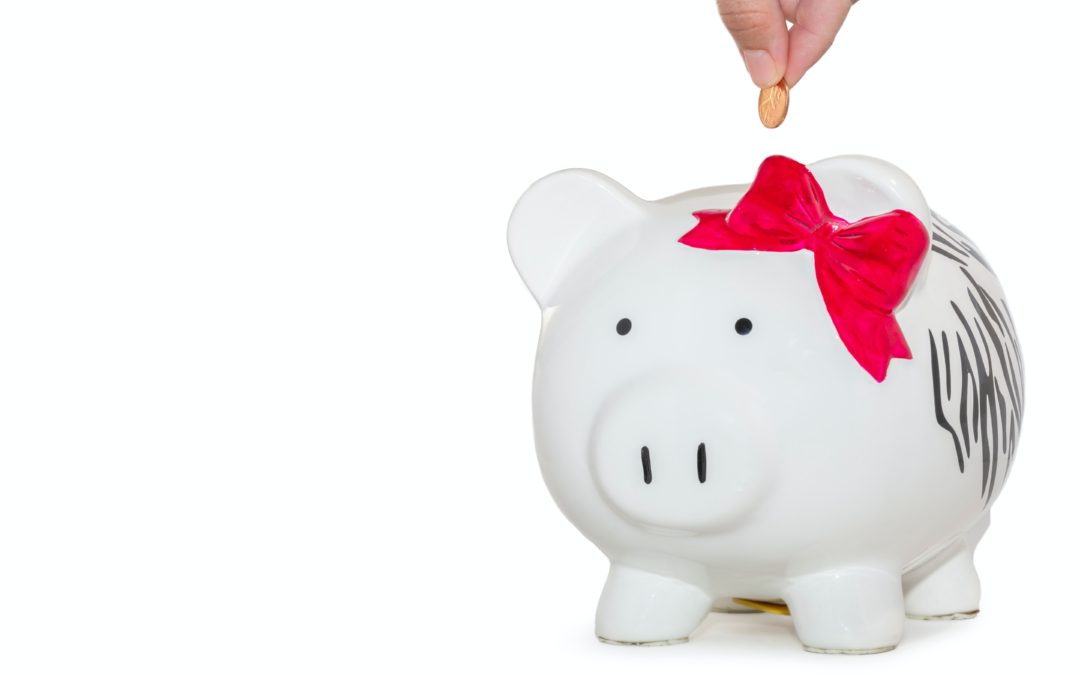A good method to get started on the path towards a healthy spending lifestyle is to track your income and expenses. Getting in the habit of budgeting not only helps you how much you have coming in, but it can also make you a more aware and savvier spender. Spending is not the enemy when it comes to personal finance, but the problem often lies in not knowing where all your hard-earned income is going.
Tools: There are many tools out there nowadays to help you budget. It can actually be somewhat overwhelming. Some of the popular budgeting software packages include Mint, Personal Capital, and Quicken. A simple Excel workbook can do the trick as well – Google Sheets offers a solid budgeting template workbook for free. Is there an app for that? Of course there is. YNAB (This is what Melissa & her husband use!), PocketGuard, Clarity Money, and Goodbudget are a few popular budgeting apps.
What do the tools do? Personal finance and budgeting software & apps connect your financial accounts into a centralized location. Features within the programs help you set a monthly spending limit and track where your money goes via bucketing expenses into various categories. You can also receive reminders & alerts before monthly bills are due. Many of the platforms offer a credit score estimate for free as well. For the long-term, another helpful feature is retirement scenario planning.
Why budget? Technology has made it so easy for us to overspend. Credit cards and BillPay are great things to streamline our financial lives, but they can have pitfalls if we are not careful. It is so easy for us to venture into ‘lifestyle creep’ where our spending slowly but surely outpaces our income growth. Businesses are wise to the game too – they know that offering a seemingly inexpensive subscription service where you are paying each month creates a tidy revenue stream for them, and recurring expense for you.
Looking back and looking ahead: a great way to view the big picture of your financial life is to have a ‘lookback’ and a ‘lookahead’. The lookback is what your income and expenses realized, so each month and year you can go back and see how much income you had and what your expenses were. The look-ahead is important too. We are all about planning here at TFC, so projecting your future income and expenses helps you become aware of your future savings potential.
Assets & Liabilities: Like a business, knowing where you stand can be just as important as how your cash flows. Alongside your income & expenses within your budget can be your assets & liabilities. Assets might include your house, retirement accounts, and checking accounts. Liabilities are things like your mortgage balance, credit cards, auto loans and student loans. From there you can easily calculate and track your net worth.
Another method aside from traditional budgeting to help people get on a path toward financial success is a simple rule of thumb when it comes to three key areas: essential expenses, retirement savings, and unplanned expenses. The goal with this method is to limit essential expenses to 50% or less of take-home pay, invest 15% of pretax income toward your 401(k) or other retirement vehicle, and keep 5% as a safety net in an emergency or rainy-day fund. So here, there is no constant tracking of every little expense. This may be a good method for those who have already been budgeting for some time and are then more comfortable and disciplined to keep spending within the 50/15/5 guardrails.
Here’s the point:
- A first step toward long-term financial success is to create and maintain a simple budget
- Tracking income and expenses helps us know if we are spending too much
- Once we target certain areas of high spending, we can work toward building our savings rate
- There are many great tools (websites & apps) to help, but an Excel workbook or Google Sheets template is also a solid choice
- As you develop a budget, begin to project ahead and track your assets & liabilities in addition to just your past income & expenses
Action Items:
- Visit one of the websites mentioned, download an app, or maintain your own spreadsheet
- Talk to us about increasing your savings rate and putting your money to work for you
- The goal is to make more, spend less and save for the future
Featured Image: Photo by Michael Longmire on Unsplash


